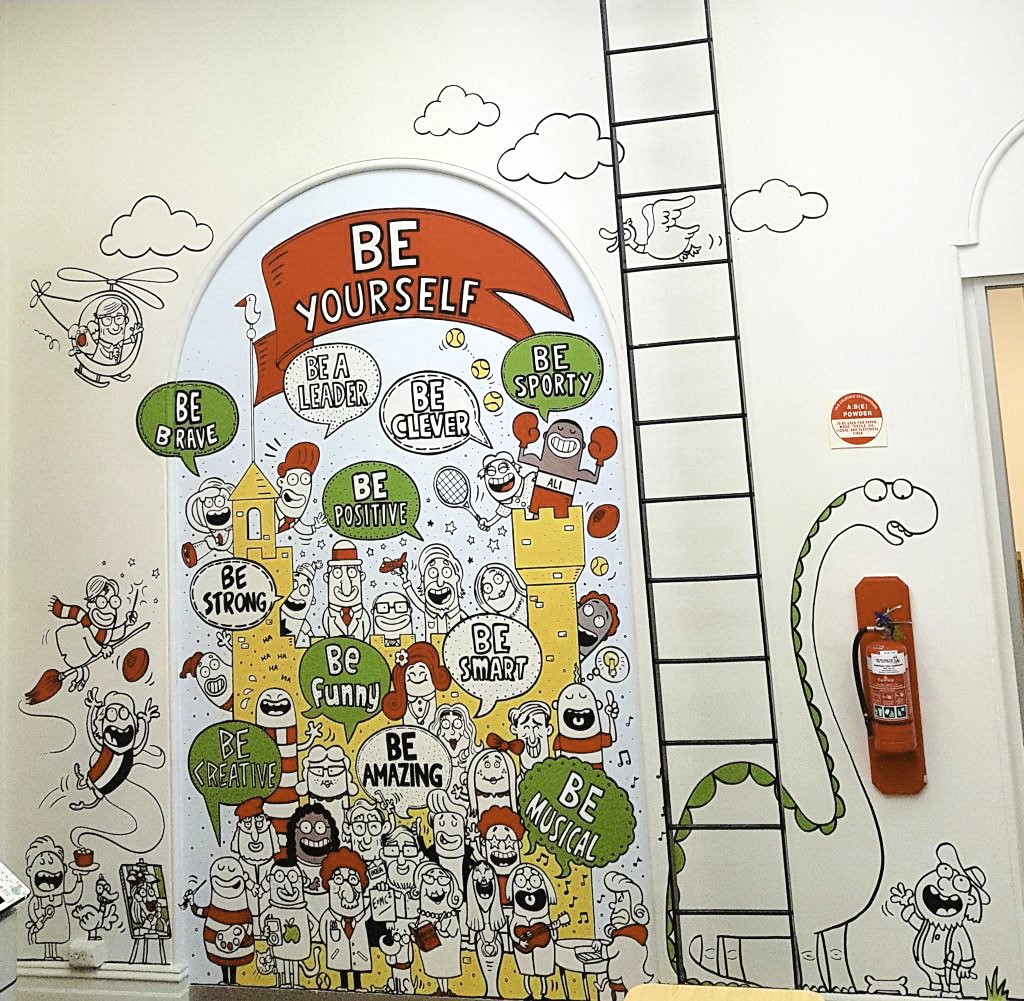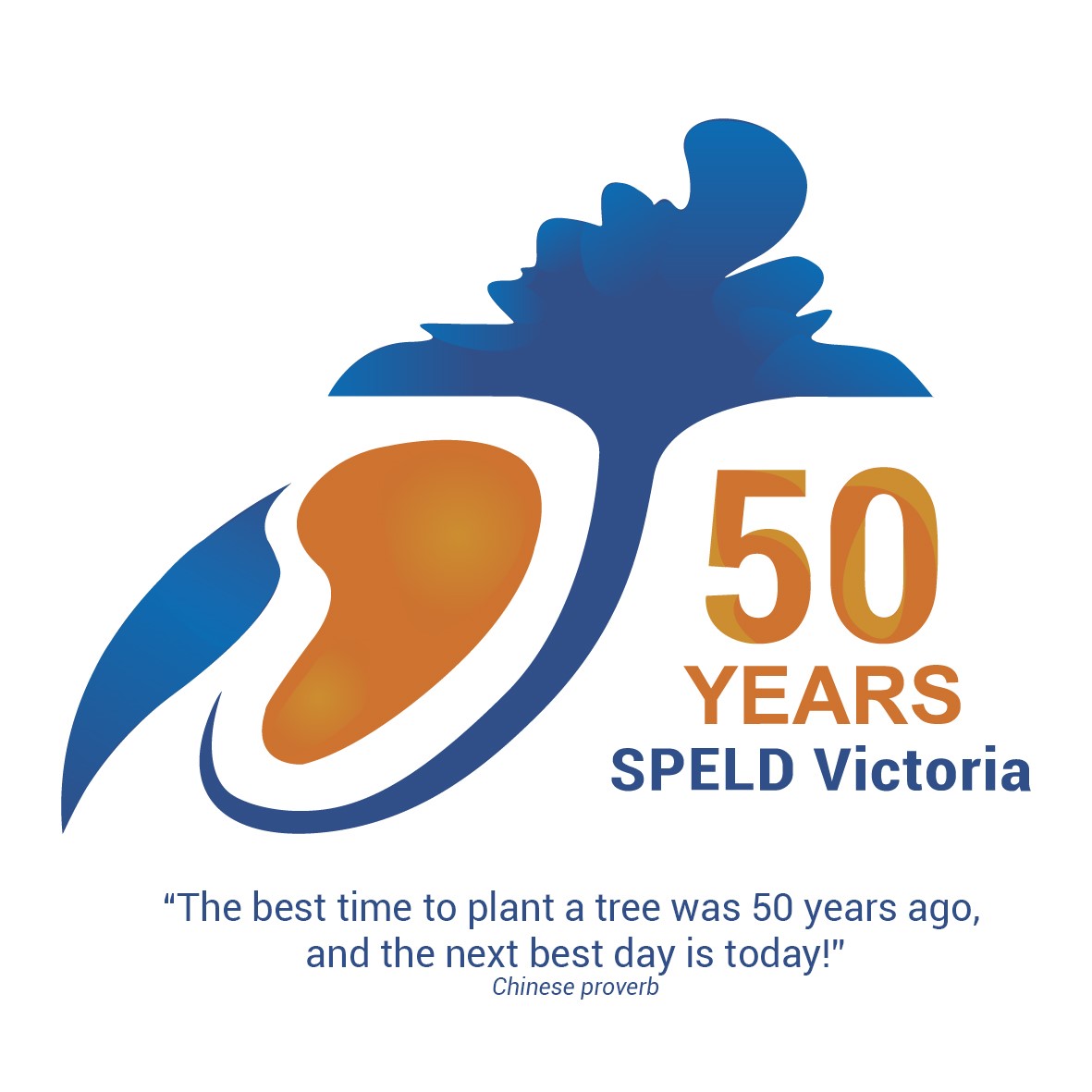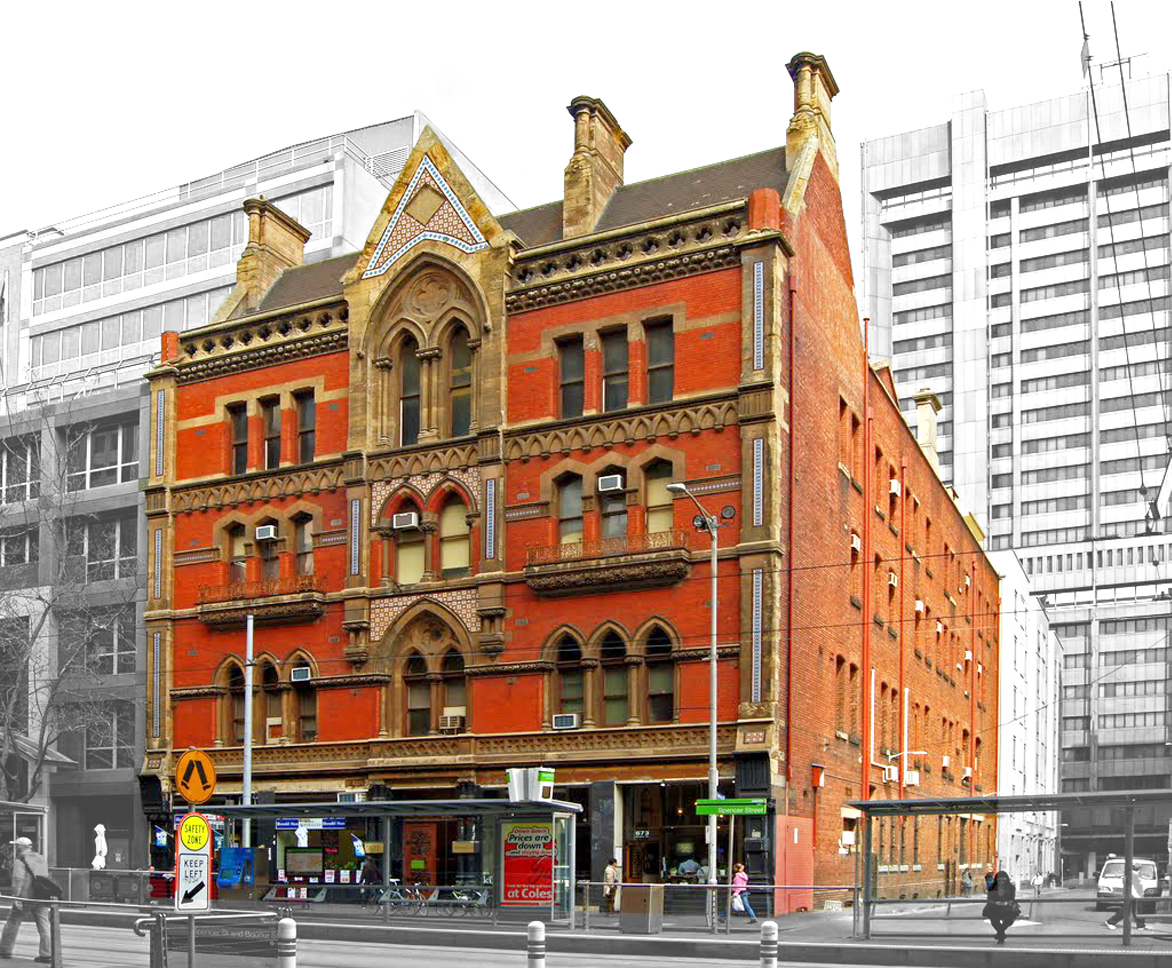What do Agatha Christie, Albert Einstein, Beethoven, Cher, Jamie Oliver, Salma Hayek, Dick Smith, Jessica Watson, Muhammad Ali, Whoopi Goldberg, and Richard Branson, all have in common?
Answer: Dyslexia and/or other Specific Learning Difficulties (SLD) like Dysgraphia and Dyscalculia.
Really?! I hear you say. I’ve heard of Dyslexia, but what are Dysgraphia and Dyscalculia? Well —
- Dyslexia is an impairment in reading;
- Dysgraphia an impairment in writing; and
- Dyscalculia an impairment in numbers.
That doesn’t mean people who have one or a combination of these impairments are ‘stupid’. On the contrary, take another look at the list above. What do you notice?
They are, of course, all exceptionally fantastic at something and are famous for it.
The fact is that people with Dyslexia or other SLDs just think differently to you or me, precisely because they have an impairment in reading, writing or numeracy.
The problem is that unless the impairment is identified through a diagnostic assessment – parents, teachers and peers can just assume that a young person is just somehow “dumb, stupid, lazy or weird” because they don’t read, write or calculate in the same way or at the same speed as other students. These assumptions can have a really negative impact on that young person. Sadly, denial is all too common.
Not identifying the problem can have a lifelong impact, and it’s often not positive.
Every day I see young people come into our offices at SPELD Victoria to have assessments, and too often their body language tells me that they have somehow absorbed all the negative messages that having a reading, writing or numeracy impairment somehow makes them “dumb, stupid, lazy or weird”.

BE Yourself by Victorian artist and Sun Herald cartoonist – Chris (Roy) Taylor
This simply isn’t true. So we looked for a way to challenge that notion. We wanted to provide a focal point of inspiration and surprise for everyone walking through our doors. That is why we commissioned artist Chris (Roy) Taylor’s large mural, ‘BE Yourself’. The mural’s message is to be strong; be positive; be amazing; be creative; be smart; be sporty; be musical; be brave – and just be yourself.
We want all young people coming to SPELD Victoria to see that their future is full of possibilities and that they can in fact BE the person they aspire to be.
But to arrive there, young people need support. That is why SPELD Victoria has been providing services that support people on this learning journey.
You are not alone
With a prevalence rate of around 10 per cent, some 627,000 Victorians and 95,000 students (according to the 2017 ABS statistics) are impacted with SLDs like Dyslexia.
Many of these young people are not getting the support they deserve. Even though the law* requires that all Australian students with a disability (or learning disorder that results in a person learning differently) must be able to access and participate in education on the same basis as their peers, this doesn’t always happen. How can it if the SLD has not been fully identified? To add to the challenge, there is currently no support through Medicare or NDIS for people with SLDS – unless you happen to have another more visible disability like blindness, cerebral palsy etc.
(*Disability Discrimination Act 1992; Disability Standards for Education 2005)
And yet there are very compelling economic and social reasons why this support should be enabled.
In England, research on two youth detention populations in Doncaster and Chelmsford Prisons demonstrates that 53% of all detainees were dyslexic (as compared to 10% of the general population); and 56-62% have been either expelled or excluded from school (as compared to <1% of the UK population)* (*Jacqui Hewitt-Main, 2015. Dyslexia Behind Bars II, Cascade Foundation).
In the face of these statistics it is clear to us that SPELD Victoria’s role today is as important as it was back in 1969. There remains a lot of work to do.
What are my next steps?
If you think you or a family member has an SLD, there are a number of ways in which SPELD can help.
A diagnostic assessment
SPELD provides a diagnostic assessment service conducted by registered psychologists who can identify the individual learning profile, and the necessary accommodations to enable young people to learn in a way that works for them.
From a mother’s perspective, I know that having a diagnostic assessment done was the single best investment we ever made as parents. It made all the difference to our child’s educational journey.
Before the diagnostic assessment, as a family we felt like we were on the moon without a map! The assessment gave us a map – a way to navigate the journey ahead and inform our child’s school and university.
Workshops, information and advisory services
SPELD have many learning, information and advisory services, including:
- Professional development workshops for teachers to better inform them on what to do about SLDs in the classroom
- Parent workshops to help them support their kids better
- Information, advisory, advocacy and consultation services.
You can find out about SPELD’s upcoming events on the website.
SPELD’s 50th Birthday: Looking to the future
This year SPELD Victoria’s is celebrating 50 years!
Its aims are to:
- Open a learning lab at ‘Donkey Wheel House’ where students can access intervention and tutoring that matches their specific learning needs
- Using its assessment data to carry out support research
- Establish future funding that allows the next generation of learners, regardless of socioeconomic or geographic circumstance, to access better support and assistance
- Celebrate its achievements and future goals at ‘Anniversary Week’ being held from 26th – 30th August 2019.
About SPELD Victoria
SPELD Victoria is the state’s peak body for Specific Learning Difficulties like dyslexia. For five decades the organisation has worked to serve the estimated 1 in 10 Victorians with SLDs like dyslexia, dysgraphia and dyscalculia. Over this time, SPELD Victoria has conducted approximately 20,000 diagnostic assessments for young people and helped them to achieve their full learning potential, and touched the lives of some 100,000 students and families.
These might seem like big numbers – but in the face of the size of the challenge it is modest.
Visit SPELD at: Donkey Wheel House, Level 3, 673 Bourke St, Melbourne VIC 3000, Monday – Friday from 9am – 5pm and on Saturdays from 9am – 1pm.
- Call the SPELD Info Line: 1800 051 533
- Email any time at: infoline@speldvic.org.au
- Or talk through the online chat facility.
Want to help reduce the impact of an invisible disability? You can show your support by donating to SPELD.
